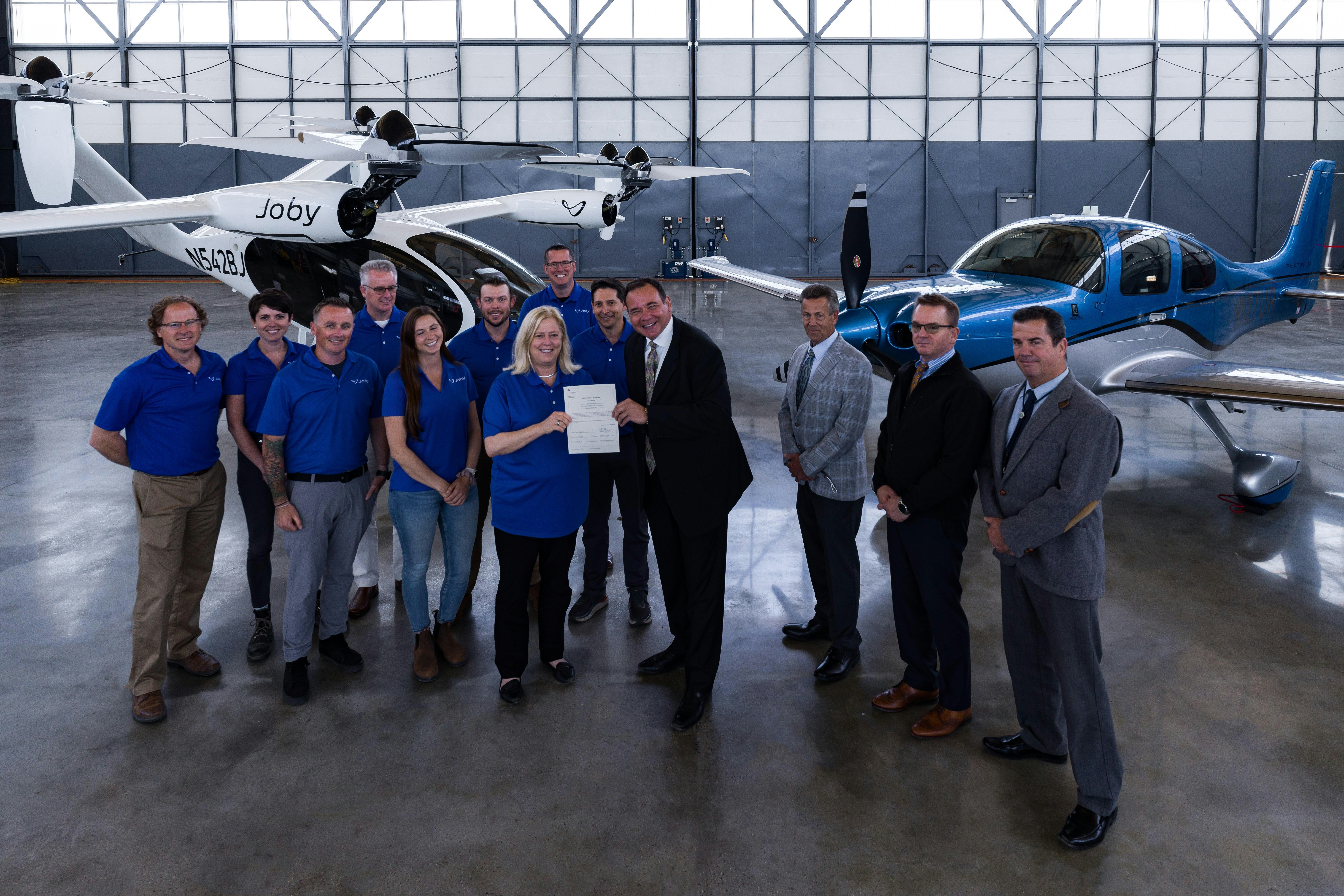
AeroGenie – Ihr intelligenter Copilot.
Trends
Categories
UPS Jet Crash in Louisville Echoes 1979 O’Hare Accident

UPS Jet Crash in Louisville Draws Parallels to 1979 O’Hare Disaster
A tragic cargo jet crash in Louisville, Kentucky, on November 4, 2025, has evoked haunting memories of the nation’s deadliest aviation accident—the 1979 American Airlines crash at Chicago’s O’Hare Airport. Both incidents involved three-engine jetliners, specifically the MD-11 cargo plane in the recent crash and the DC-10 in the 1979 disaster, aircraft types that have long been associated with maintenance and mechanical challenges.
Details of the Louisville Crash
The UPS MD-11 aircraft departed from Louisville Muhammad Ali International Airport when it suffered a catastrophic failure: the left engine detached from the wing shortly after takeoff. Security footage confirmed the engine separated during ascent, a fact verified by National Transportation Safety Board (NTSB) member Todd Inman. The detached engine was later recovered on the airfield. The jet, heavily laden with fuel and en route to Hawaii, crashed and exploded, resulting in the deaths of all three crew members and at least nine others on the ground. The incident has caused significant operational disruptions at UPS’s largest shipping hub, with widespread shipping delays anticipated.
Echoes of the 1979 O’Hare Disaster
The Louisville crash bears striking resemblance to the 1979 American Airlines Flight 191 tragedy, where the left engine of a DC-10 broke away just after takeoff from O’Hare Airport, leading to a catastrophic crash that claimed 273 lives. Both accidents involved General Electric engines and occurred during the critical moments following liftoff, underscoring the vulnerability of these aircraft during this phase of flight.
Aviation experts have highlighted the troubled legacy of these aircraft models. Erik Baker, a professor at Lewis University, explained that engine failure can cause a loss of thrust and potentially lead to structural damage, including fuel leaks from the wing, which contains most of the aircraft’s fuel. Such damage can create balance problems that severely compromise flight control. Baker emphasized that investigators will closely examine maintenance records, noting that inadequate maintenance was identified as the root cause of the 1979 crash.
Ongoing Investigation and Industry Implications
The NTSB has recovered both black box recorders from the UPS wreckage and is assembling investigative teams to explore all possible causes, with particular focus on the detached left engine. The aircraft’s maintenance history and inspection cycles are under scrutiny, especially given that many MD-11 cargo jets in service are over 30 years old. Nearly 100 MD-11s remain operational between UPS and FedEx, although the aging fleet is gradually being retired.
The crash has reignited concerns about the reliability of these aircraft and their engines. Baker remarked that operators would not fly aircraft they deemed unsafe, but acknowledged that the country’s otherwise exemplary aviation safety record is currently facing significant challenges.
As the investigation proceeds, the Louisville tragedy serves as a stark reminder of the persistent challenges in aviation safety and the critical importance of rigorous maintenance and regulatory oversight.

Kazakhstan Acquires eVTOL Aircraft to Launch Air Taxi Service in Alatau

Wizz Air Delays Airbus Deliveries and Reduces Long-Haul Jet Orders

Over 100 Flights Delayed at IGI Airport Due to ATC Software Glitch
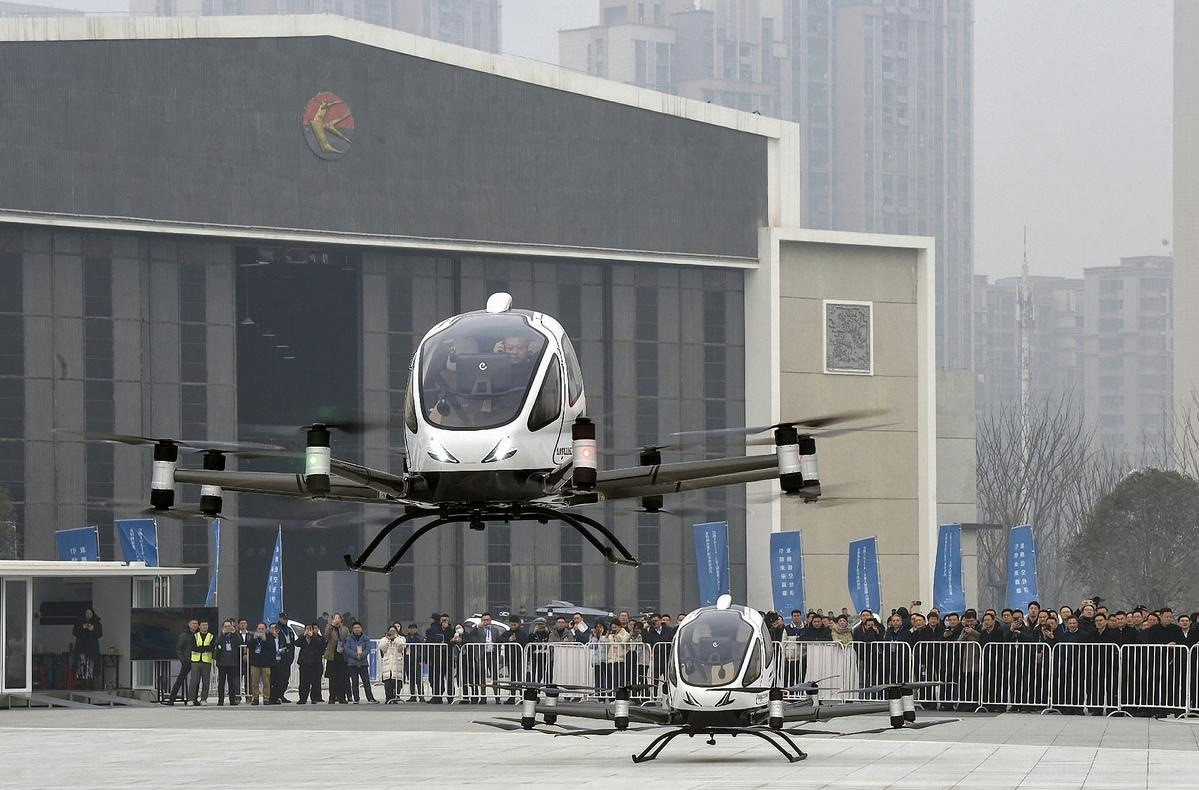
EHang Plans Affordable Air Taxi Service Launch in China Within Three Years

Operating Costs of a Boeing 747 Freighter in 2025
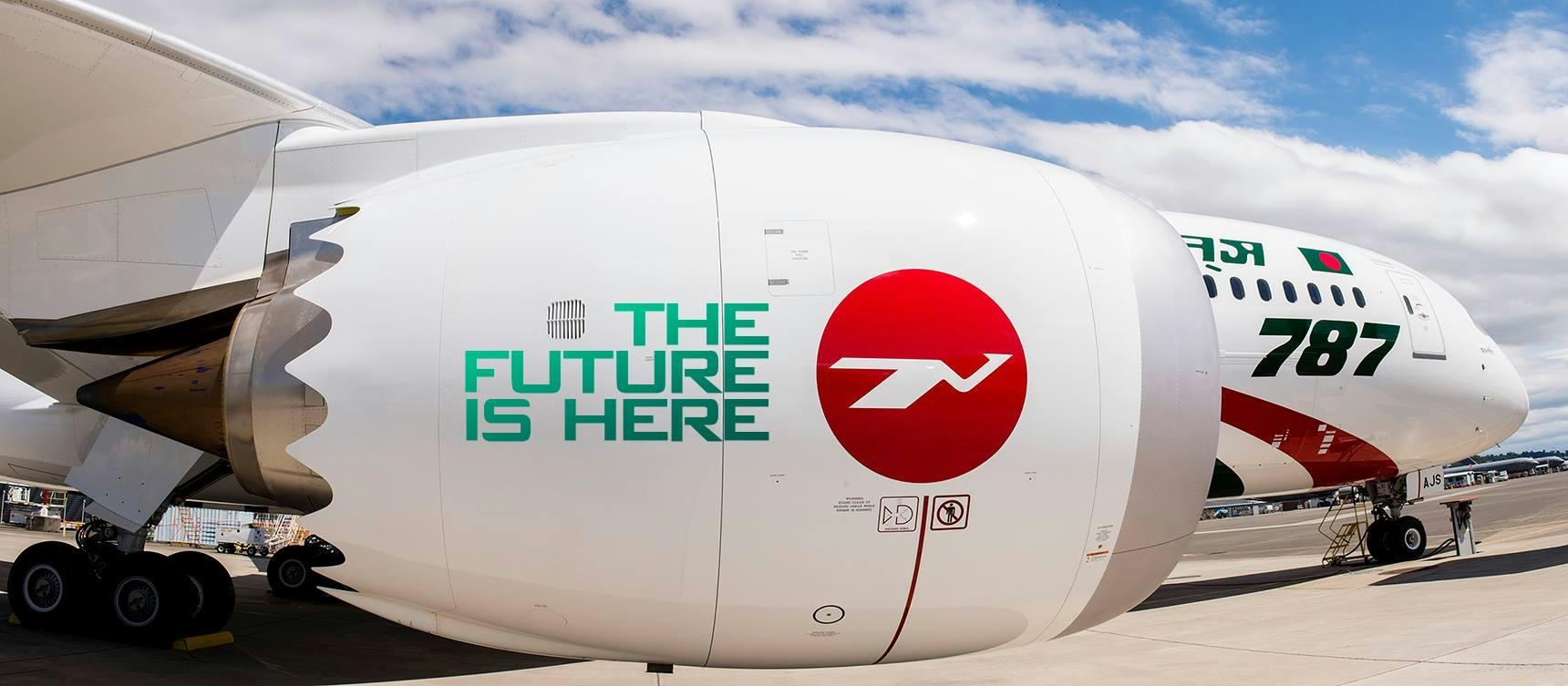
Bangladesh orders 25 Boeing planes, European envoys push Airbus deal
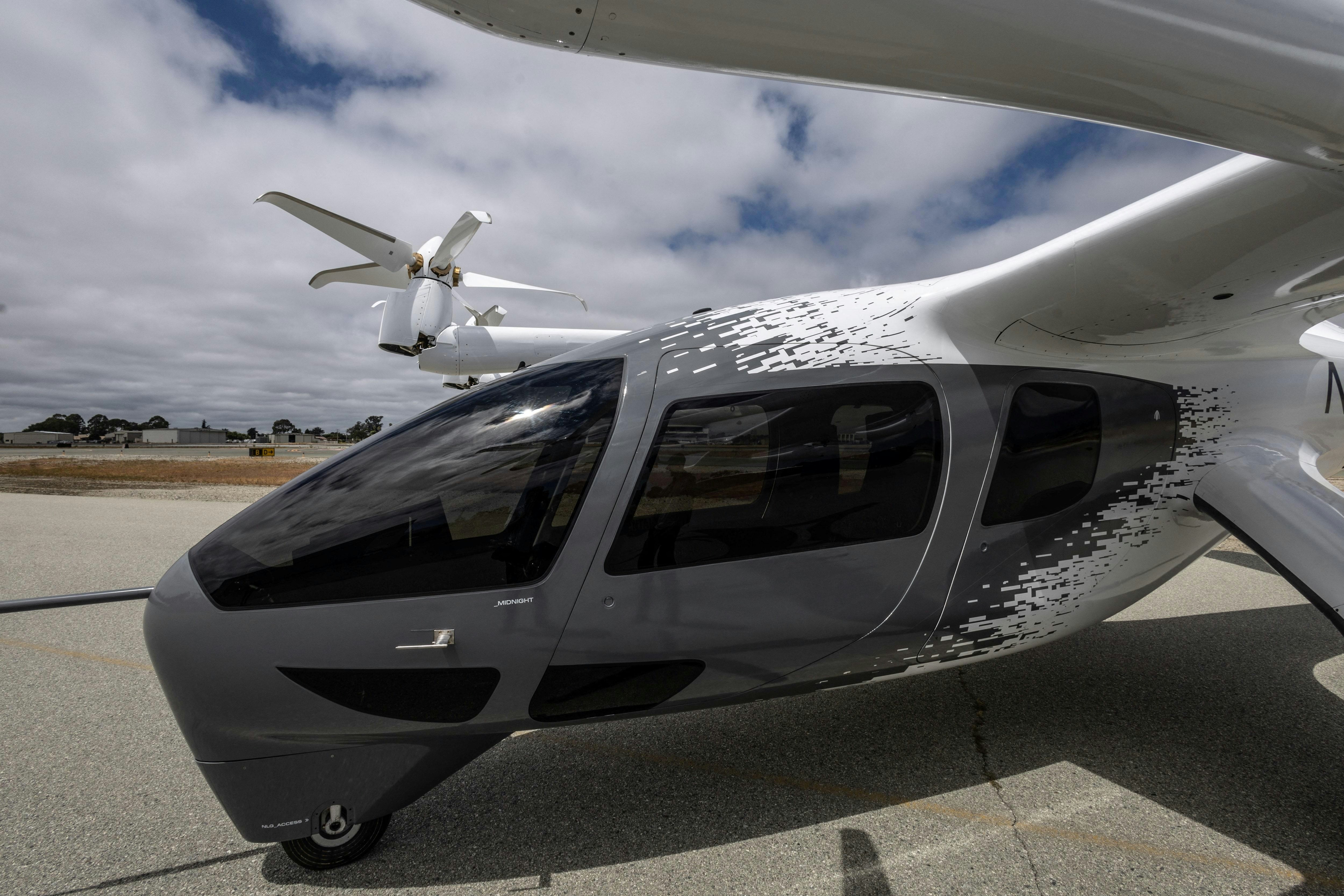
Archer Acquires Los Angeles-Area Airport Ahead of 2028 Plans
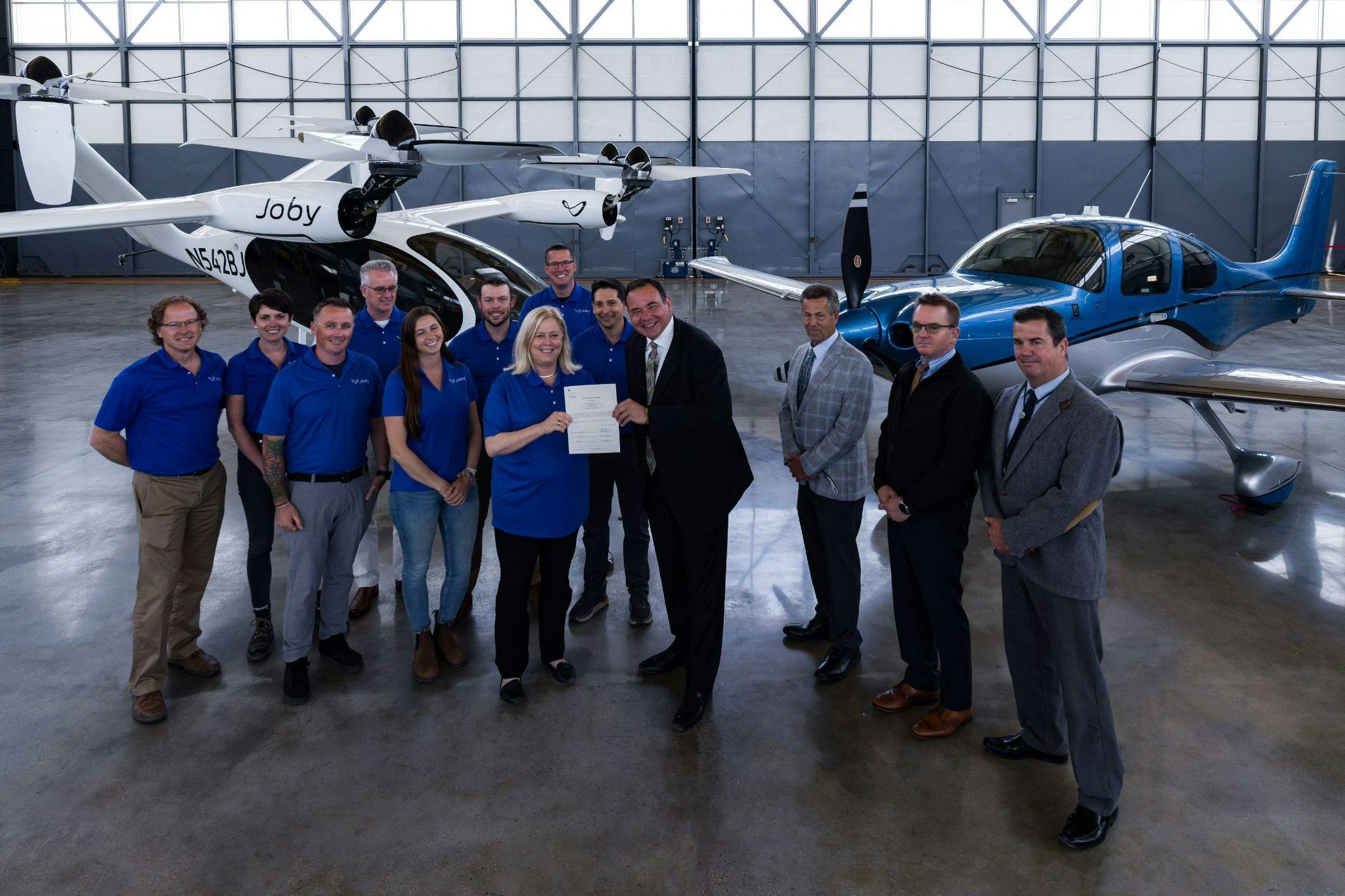
Santa Cruz Aviation Company Advances to New Air Taxi Testing Phase
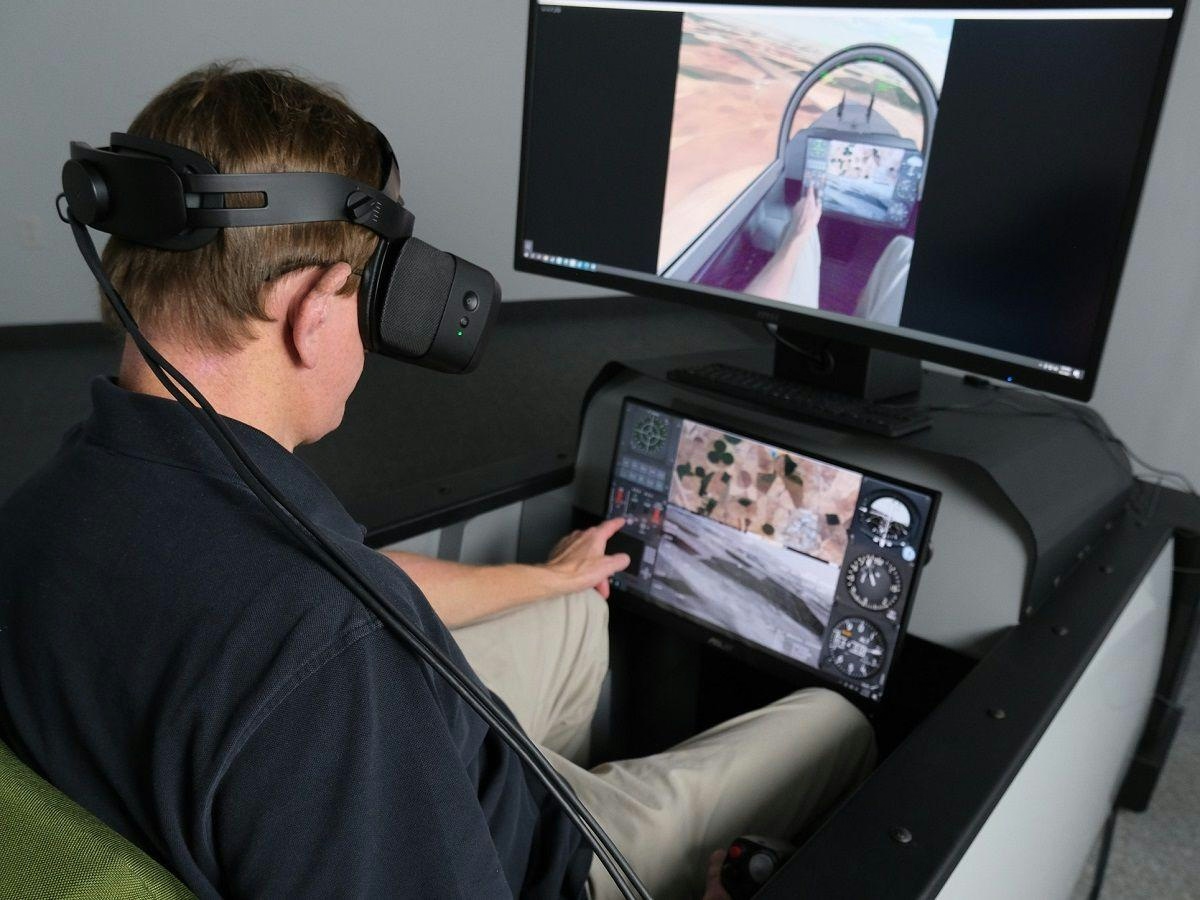
Cineon.Ai Introduces New Eye Tracking System at EATS 2025
